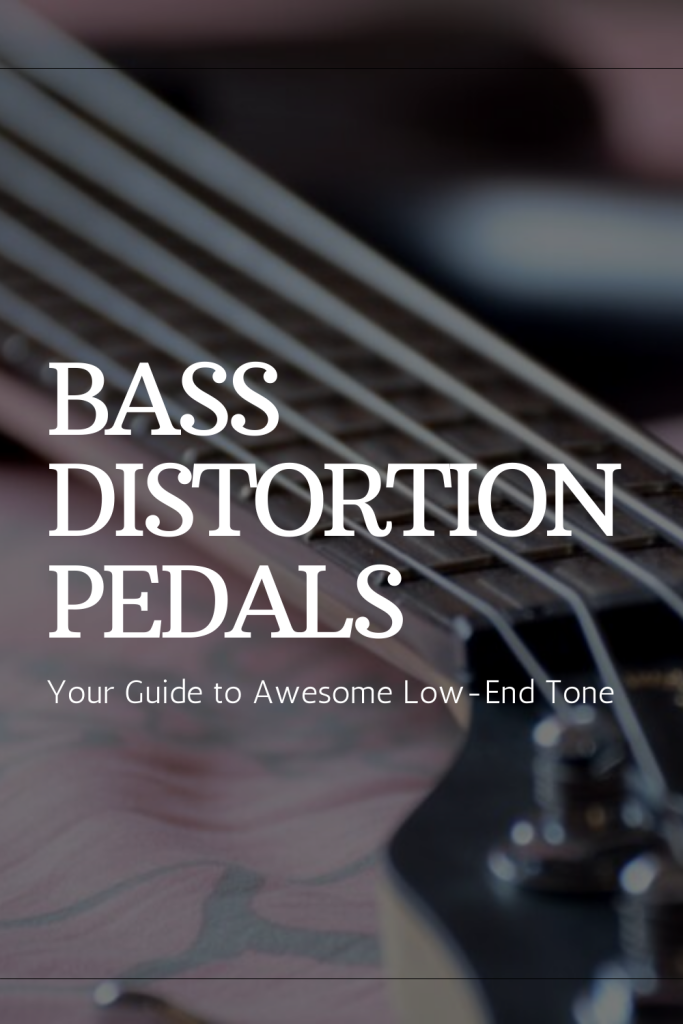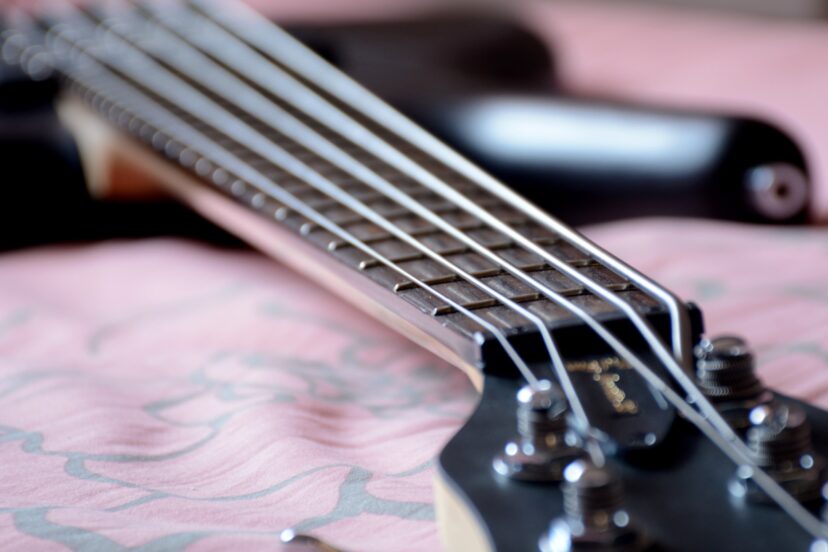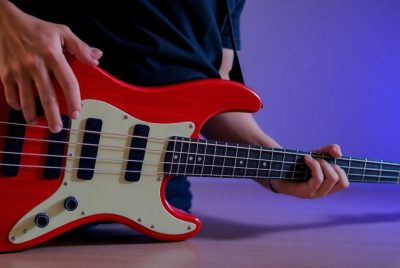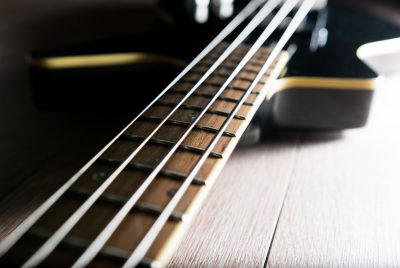Bass Distortion Pedals: Your Guide to Awesome Low-End Tone
If you’re a bassist like me, you know that bass distortion pedals can make or break your sound. Let’s dive in and explore this key piece of gear in more detail.
What are Bass Distortion Pedals?
A bass distortion pedal is an essential effects unit that alters your bass’s sound, adding grit, sustain, and a whole new character. But how exactly does it work?
How Do Bass Distortion Pedals Work?
Put simply, a bass distortion pedal ‘clips’ the audio signal from your bass guitar, altering the waveform and hence changing the sound. This ‘clipping’ can be either soft, hard, or a mix of both, leading us to the different types of distortion.
Types of Distortion
There are essentially three types of distortion you’ll come across: overdrive, distortion, and fuzz. Overdrive is the most subtle, closely replicating the sound of a tube amp being pushed hard. Distortion is harder, adding more sustain and grit. Fuzz is the most aggressive, producing a thick, saturated tone.
Importance of a Bass Distortion Pedal
Bass distortion pedals aren’t just for metalheads. They can add warmth to jazz tones, grit to rock, and thickness to pop mixes. A good distortion pedal offers a range of tones and can dramatically expand your sonic palette and your pedal board options.
Choosing Your Bass Distortion Pedal
When it comes to selecting the right bass distortion pedal, a few factors play a crucial role.
Key Factors to Consider
Types of Music
Your preferred genre should guide your choice. Love smooth jazz? An overdrive pedal might be all you need. Prefer rock or metal? You might want the harder edge of a distortion or fuzz pedal.
Features of the Pedal
Also consider the pedal’s features. Does it have a blend control to mix your clean and distorted signals? Does it include a tone control for further sonic shaping?
Price and Brand
Budget and brand reliability are also important. A pricier pedal often brings higher quality, but there are affordable gems out there too. Always balance your needs and your budget when making a choice.

Top 5 Bass Distortion Pedals You Should Consider
Now, let’s explore some great options based on my personal experience and research.
Pedal 1: Darkglass Alpha Omega
The Darkglass Alpha Omega is a versatile distortion pedal that delivers a wide range of tones. With its unique dual distortion engines and flexible tone-shaping controls, this pedal is perfect for bassists seeking a variety of heavy, aggressive tones. (Darkglass)
Pedal 2: Pro Co RAT2
The Pro Co RAT2 is a classic in the distortion pedal market, and for good reason. It offers a raw, powerful distortion that’s perfect for rock, punk, or metal bass lines. The Filter control also allows you to shape your sound by cutting high frequencies. (Pro Co)
Pedal 3: Electro-Harmonix Bass Big Muff Pi
The Electro-Harmonix Bass Big Muff Pi is renowned for its rich, creamy fuzz distortion. Its sustain control allows you to adjust the length and texture of your distortion, making it an excellent option for those seeking classic fuzz tones. (Electro-Harmonix)
Pedal 4: MXR M85 Bass Distortion
Designed by MXR and Fuzzrocious Pedals, the M85 Bass Distortion is a compact pedal that packs a punch. It offers a wide range of distortion sounds and is known for its clarity, keeping your bass tone well-defined even with heavy distortion. (MXR)
Pedal 5: Tech 21 SansAmp Bass Driver DI V2
While technically a preamp pedal, the Tech 21 SansAmp Bass Driver DI V2 offers excellent distortion tones, emulating the warm, punchy sound of a tube amplifier. The Drive knob allows you to dial in just the right amount of grit, making it suitable for a wide variety of genres. (Tech)
Tips on Using a Bass Distortion Pedal
Firstly, remember to start slow. Begin with low gain settings and gradually turn up the distortion to taste. Always aim for a balance between the distorted signal and the clean bass tone. Too much distortion can muddle your tone and make you lose your place in the mix. And don’t for get to protect and organize your pedals with a quality bass pedal board.
Conclusion
Ultimately, the best bass distortion pedal is the one that matches your personal style and meets your needs. Trust your ears and don’t be afraid to experiment. Remember, it’s all about creating a sound that resonates with you.
FAQs
Is a bass distortion pedal necessary?
It depends on the genre you play and the tone you’re after. If you want to add some grit or sustain to your sound, a bass distortion pedal can be a great addition to your setup.
Can I use a guitar distortion pedal for a bass?
While you can technically use any pedal, a guitar distortion pedal may not handle the low frequencies of a bass as well. A bass-specific distortion pedal is generally a safer bet.
What’s the difference between overdrive, distortion, and fuzz?
Overdrive simulates the natural sound of a tube amp being pushed to its limit. Distortion provides a harder, grittier tone. Fuzz creates an extremely saturated and sustained sound.
Does the order of pedals in the signal chain matter?
Yes, it can affect your overall sound. Generally, distortion pedals should go at the start of your chain, before modulation and time-based effects like delay and reverb.
What does the blend control on a bass distortion pedal do?
The blend control allows you to mix your clean (dry) signal with the distorted (wet) signal. This can be useful to maintain the clarity of your bass while adding the character of distortion.




